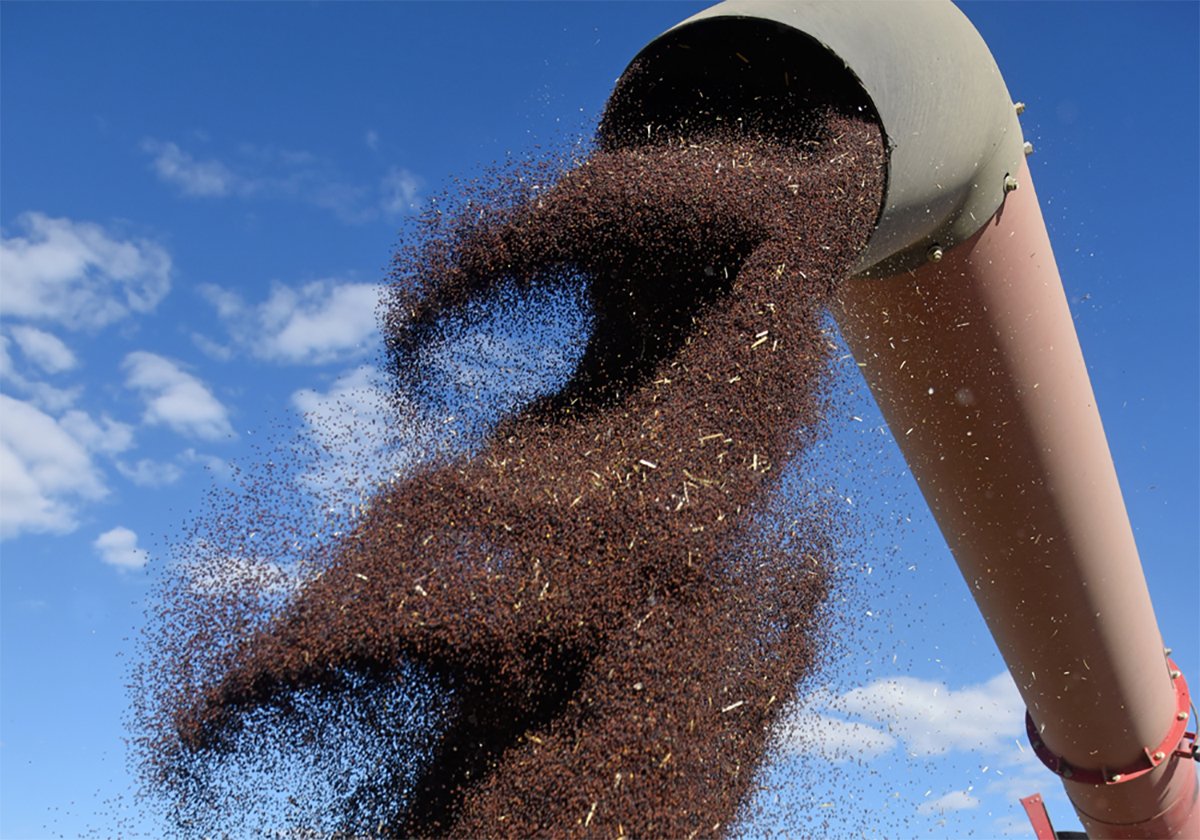GULL LAKE, Sask. – Finishing bison in feedlots might hurt marketing efforts that rely on the romantic notion of the Wild West and free-ranging animals, an agriculture official told producers here recently.
And traditional feedlots may not be suitable for bison anyway, said Ray Nixdorf, a specialized livestock development specialist with Saskatchewan Agriculture.
“Public perception is number one,” he said. “Should we be putting these animals in traditional feedlots?”
Nixdorf prefers what he calls field lots. He said using larger pens with rotational grazing will reduce extra handling and the stress that causes.
Read Also

Ag minister says tariff situation with China is fragile, volatile
Agriculture ministers from across Canada said they heard canola producers’ concerns about tariffs but it seems unlikely they can do much about them.
“Ideally, the pen size should be 50 to 60 feet wide (15-20 metres) and the length double that,” he said.
Bison require about twice as much pen space as cattle and don’t gain weight well if they are crowded.
Nixdorf said putting too many in a pen or mixing groups will cause the dominant animals to spend time trying to re-establish hierarchy.
“If you’re custom feedlotting and take five animals from this farm and 10 from another, what’s going to happen,” he said. “They’re going to be fighting and they’re not going to gain weight.”
But bison also don’t like to be alone, so too few animals in a pen will cause problems.
When the time comes to market, don’t sell three-quarters of the animals from a pen and leave the others, he said.
“The rest will never catch up,” Nixdorf said. “If your trailer holds 15 (animals) then maybe that’s your pen size.”
He also cautioned against over-feeding bison in winter. Bison have fewer requirements than people think.
“We’re going against nature here,” he said. “Make use of the natural ability of the animal.”
Better quality feed
Saskatchewan Agriculture has published a booklet on bison feedlots. It says while there is not a lot of information about feedlot diets for finishing bison it is logical that better quality feeds would encourage more gain.
Nixdorf added cattle will outperform bison in a feedlot.
“That isn’t surprising,” he said. “They’ve been selected to do that over hundreds of years.”
He said the main reason to feed bison is to ensure a consistent supply, but consumers demand a consistent product as well.
Studies in the United States are looking at finishing bison on grain or pasture or both. Late last month, taste tests were to be conducted to see if there is a difference.
“Hopefully they’re going to show no difference,” Nixdorf said.















